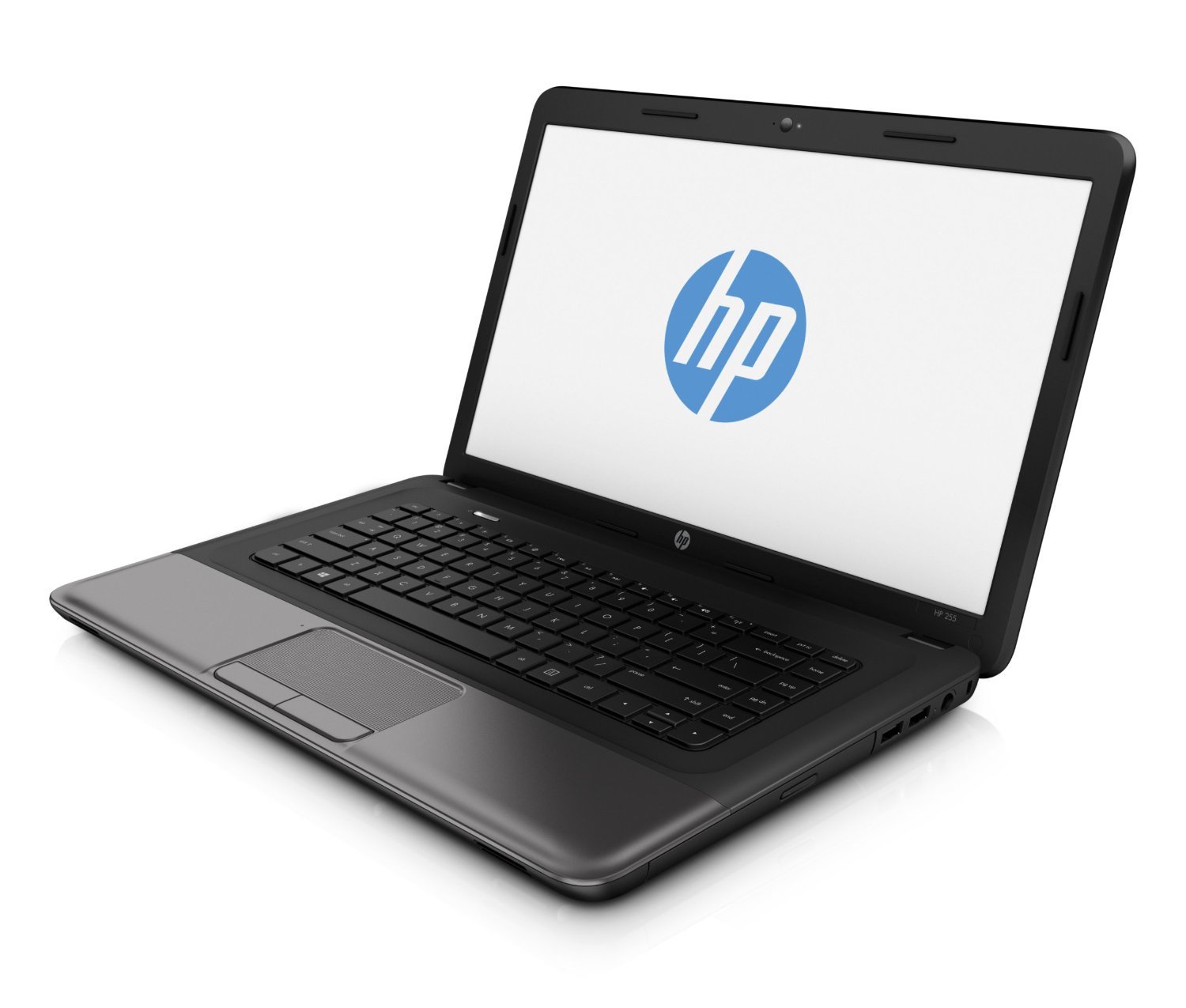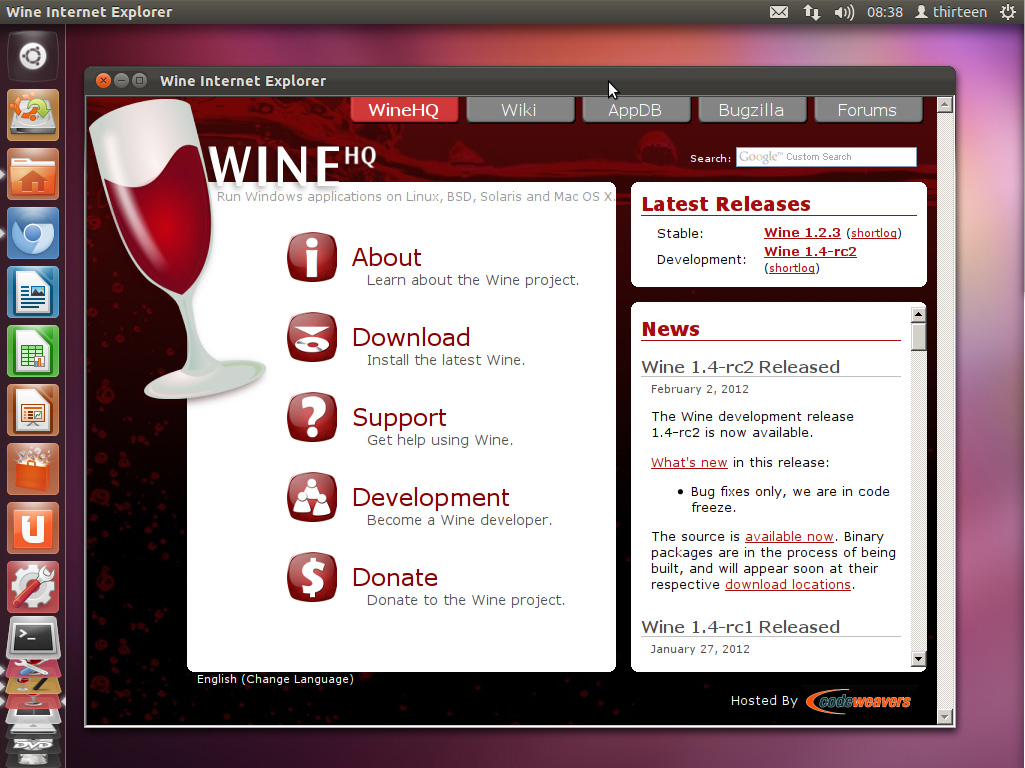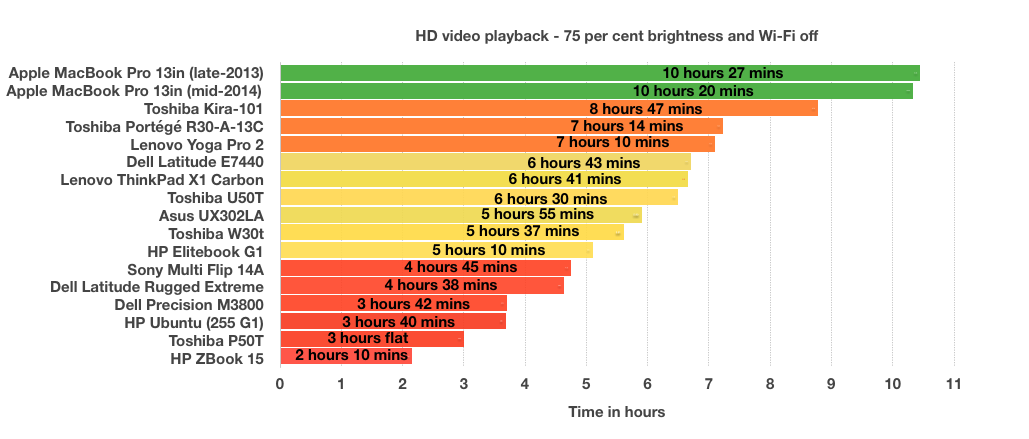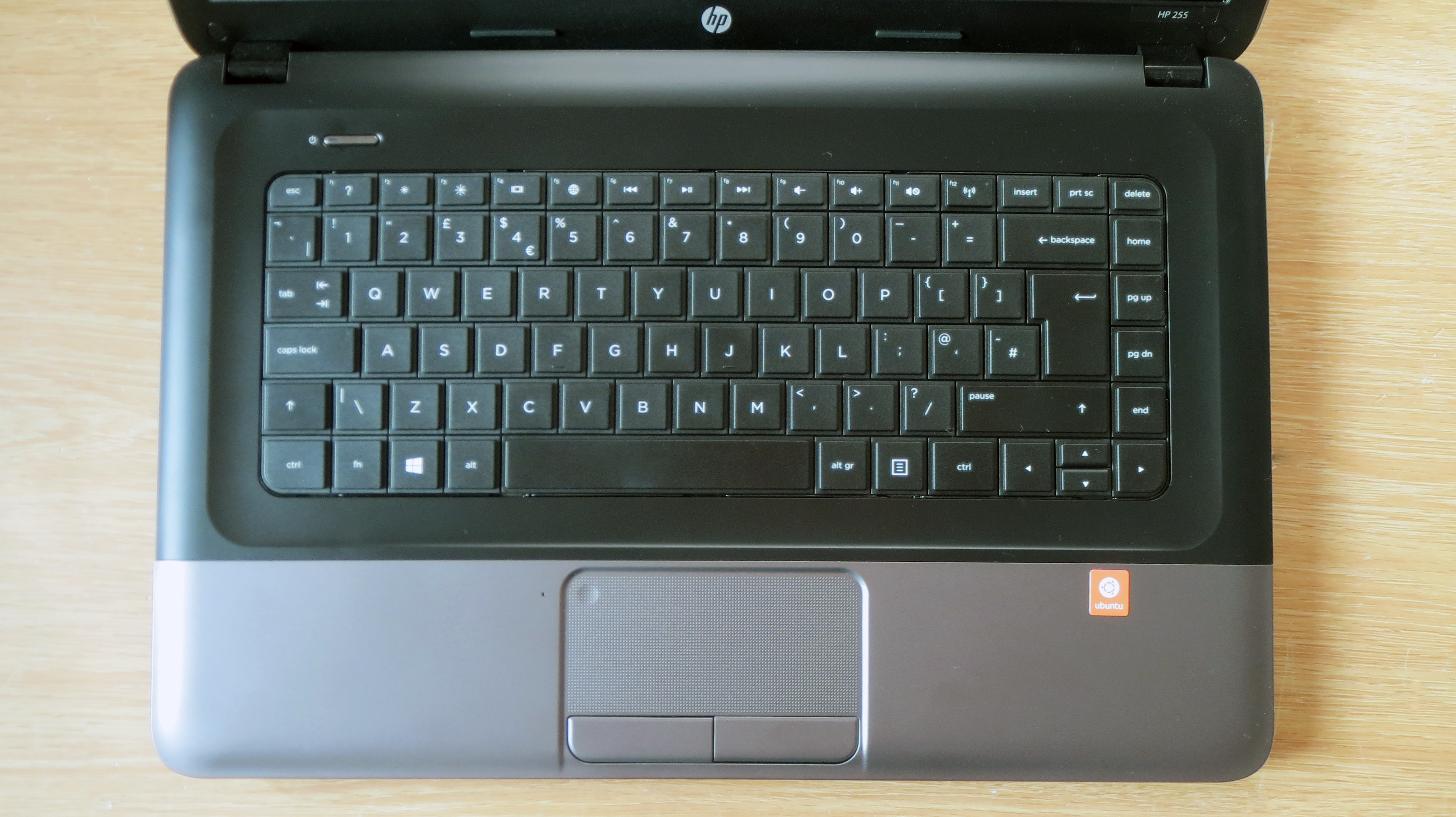HP Ubuntu laptop (255 G1) review
HP’s latest notebook saves money by ditching Windows for Ubuntu. Is your next notebook Open Source?

A decent budget laptop useful for basic word processing and web browsing.
-
+
Bargain price; Ubuntu is versatile and intuitive; Decent ergonomics
-
-
Potentially unfamiliar OS; Low power levels; Uninspiring looks

By using Linux, HP hasn't had to shell out for a Windows license and has been able to price this 15in laptop at 200, a rare occurrence.
The G1 runs Ubuntu 12.04, which came out in 2012, but it's a Long Term Support release supported until 2017, which makes it ideal for businesses.

A rapid boot sequence gives way to a usable OS. The left-hand side serves up a customisable taskbar with links to LibreOffice's tools, the Firefox web browser, a file browser, the Ubuntu Software Centre and more.
Multiple desktops add versatility, and a recent concentration on usability means it's enough to create an account and start downloading software from Ubuntu's Software Centre.

Anyone with basic knowledge of Windows or OS X should be able to navigate Ubuntu. Version 12.04 includes a HUD-style display that can be used to searching via hotkeys or keywords in similar fashion to Windows 8's Start screen searching.
Version 12.04 is one of the best versions of Ubuntu, but it's worth mentioning the 14.04, which was released in April and is also a Long Term Support release. It's a free download, and comes with several improvements including Ubuntu Web Apps and a universal web search can hunt through cloud services for files alongside local drives.
Under the hood
The Ubuntu installation saves cash, but this is still a 200 laptop so don't expect high-end hardware. The AMD hardware used inside is based on the Brazos architecture, which is used for low-end, low-power chips. The E1-1500 processor has two cores, a modest clock of 1.48GHz, and no Turbo boosting. This chip also contains the graphics processor, but don't expect much from the Radeon HE 7310 core it's got just 80 stream processors and running at a low 529MHz.
Elsewhere, the HP has 4GB of RAM and a 750GB 5,400rpm hard disk. The former is the minimum requirement we expect from even basic laptops, although it can be easily expanded to an 8GB maximum by popping off a panel and using the spare slot. The hard is sizeable enough, but 5,400rpm is slow.
HP's minimal specification had an impact on real-world use. We noticed occasional stuttering when navigating some of Ubuntu's menus, and the sluggish hard disk meant application loading times were poor and our initial log-in took an age. Once basic software was loaded, though, we hit no problems word processing and spreadsheet software worked without complaint, as did Firefox.
This budget machine doesn't have stellar battery life. Our standard benchmark loops a video at full-screen with the panel at 75 per cent brightness and the Wi-Fi turned off, and the HP lasted for three hours and 40 minutes.

The HP's modest performance and longevity are what we expect at this price and if you want extra grunt and longevity, you'll need to spend more cash. Dell's Latitude 13 Education Series is a more expensive contender: for less than 600 it's got a Core i5 processor and stonking 12 hour battery life.
Budget Exterior
The 15.6in screen has a 1,366 x 768 resolution. It's standard for a budget machine, but it's not conducive to working with detail. Plus it's barely big enough for one window, let alone two or three.
Quality is reasonable. It's got ample brightness for working beneath office lights, and it handled a reasonable range of colours at the extreme ends of the scale only the deepest blacks and brightest whites blended together, and colours were vivid in between. This is no screen for complex colour work, but it's fine for basic tasks.
HP has paid more attention to function than form with this machine it's clad in matte black and grey plain looking plastic. The concentration on build quality benefits the base section, which is extremely strong, but that hasn't carried over to the screen; pressing the rear of the panel caused a line of flickering across the centre.
The 2.45kg weight means the HP is twice as hefty as more expensive Ultrabooks, and its 36mm body doesn't impress either.
The edges have 3 x USB 2 ports. There's a D-SUB output, SD card reader and pair of audio jacks are commonplace, but no HDMI connection.
Ergonomically, the HP is decent. The keyboard has a good layout and a light, snappy action conductive to touch-typing. The two button trackpad is responsive, and the pad is accurate and has good grip thanks to its mottled texture.

Windows Alternatives
At this end of the market competition is fiercer than ever: comparably-specified Windows laptops are just as affordable as HP's Ubuntu machine. Even Chromebooks are a tempting option if much of your work uses the cloud.
Ubuntu is a change of pace from Windows, and is a popular choice but it's not right for every business. IT departments used to Windows or OS X might balk at the thought of a new operating system on their network, and the savings made by using a cheap laptop like this could well be wiped out by increased support costs.
Windows notebooks are available for similar money. A system such as Lenovo's B50 comes with an Intel Celeron processor, 4GB of RAM and a 15.6in screen with 1,366 x 768 resolutions is available for 190. As is the Toshiba's Satellite Pro C50D, which runs Windows 8.1.
Overall
Despite the proliferation of affordable Windows machines at this end of the market, HP's super-cheap Ubuntu machine worth considering.
Ubuntu 12.04 of the OS is easy to use, with a slick interface, reasonable software and revised features.
If you and your office can accept Ubuntu and you're willing to live with this machine's basic performance then it's a decent budget buy.
Verdict
A decent budget laptop useful for basic word processing and web browsing.
Display: 15.6in screen (1,366 x 768)
Processor: 1.48GHz AMD E1-1500
GPU: AMD Radeon HD 7310
Memory: 4GB 1,600MHz DDR3
Storage: 750GB hard disk
Connectivity: 802.11n WiFi; Gigabit Ethernet; Bluetooth 4.0
Ports: 3 x USB 2, 2 x audio, SD card slot, D-SUB
Dimensions: 376 x 247 x 36mm (WxDxH)
Weight: 2.45kg
Get the ITPro daily newsletter
Sign up today and you will receive a free copy of our Future Focus 2025 report - the leading guidance on AI, cybersecurity and other IT challenges as per 700+ senior executives
Mike Jennings has worked as a technology journalist for more than a decade and has been fascinated by computers since childhood, when he spent far too long building terrible websites. He loves desktop PCs, components, laptops and anything to do with the latest hardware.
Mike worked as a staff writer at PC Pro magazine in London for seven years, and during that time wrote for a variety of other tech titles, including Custom PC, Micro Mart and Computer Shopper. Since 2013, he’s been a freelance tech writer, and writes regularly for titles like Wired, TechRadar, Stuff, TechSpot, IT Pro, TrustedReviews and TechAdvisor. He still loves tech and covers everything from the latest business hardware and software to high-end gaming gear, and you’ll find him on plenty of sites writing reviews, features and guides on a vast range of topics.
You can email Mike at mike@mike-jennings.net, or find him on Twitter at @mikejjennings
-
 ‘Phishing kits are a force multiplier': Cheap cyber crime kits can be bought on the dark web for less than $25 – and experts warn it’s lowering the barrier of entry for amateur hackers
‘Phishing kits are a force multiplier': Cheap cyber crime kits can be bought on the dark web for less than $25 – and experts warn it’s lowering the barrier of entry for amateur hackersNews Research from NordVPN shows phishing kits are now widely available on the dark web and via messaging apps like Telegram, and are often selling for less than $25.
By Emma Woollacott Published
-
 Redis unveils new tools for developers working on AI applications
Redis unveils new tools for developers working on AI applicationsNews Redis has announced new tools aimed at making it easier for AI developers to build applications and optimize large language model (LLM) outputs.
By Ross Kelly Published
-
 Google layoffs continue with "hundreds" cut from Chrome, Android, and Pixel teams
Google layoffs continue with "hundreds" cut from Chrome, Android, and Pixel teamsNews The tech giant's efficiency drive enters a third year with devices teams the latest target
By Bobby Hellard Published